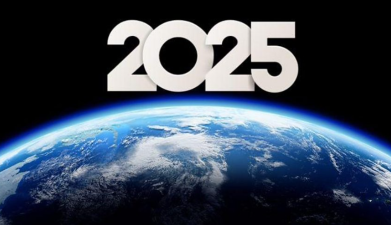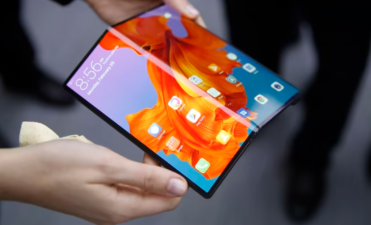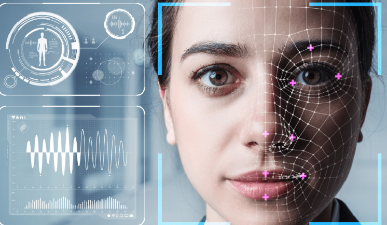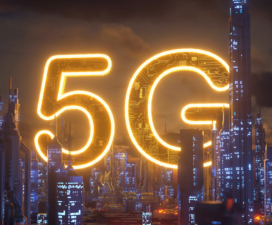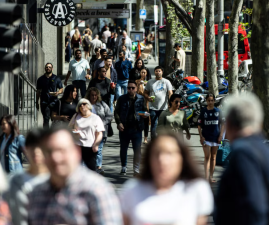The impact of retail digitalization on traditional industries and the Internet industry is becoming in-depth and comprehensive. This phenomenon is not only reflected in the slight changes on the surface of the industry that we have seen, but more in the deep changes in the industry. The digitization of elements, the digitization of processes, the digitization of products...many fields and links have begun to show such a development trend. It is foreseeable that as retail digitalization gradually deepens, we will see more new changes derive and emerge.
The impact of retail digitalization on traditional industries and the Internet industry is becoming in-depth and comprehensive. This phenomenon is not only reflected in the slight changes on the surface of the industry that we have seen, but more in the deep changes in the industry. The digitization of elements, the digitization of processes, the digitization of products...many fields and links have begun to show such a development trend. It is foreseeable that as retail digitalization gradually deepens, we will see more new changes derive and emerge.

In the early days, people's impression of retail digitalization remained on marketing, and the ultimate goal of retail digitalization was still to achieve greater conversion of traffic. In the final analysis, traffic is still the ultimate pursuit. When the wave of retail digitalization becomes deeper, especially when retail digitalization begins to penetrate into all aspects of industry development, what we see is that the ultimate pursuit of retail digitalization is no longer limited to traffic itself, but more deeply into all aspects of production and supply processes. The emergence of a series of new phenomena dominated by dark factories, unmanned factories, and intelligent assembly lines are important signs that retail digitalization is beginning to deepen.
- Multi-channel retail stage
Multi-channel retail refers to enterprises choosing 2 or more complete distribution channels to transfer products and services from retail enterprises to consumers, and consumers can basically complete all shopping activities in one channel.
In this stage, online channels are mainly sold on official websites on the computer side, and online and offline are relatively separated. At the same time, the commodity management, business management, personnel management and other aspects of each channel are basically independent.
- Omni-channel retail stage
Omni-channel retail means that retail enterprises can contact consumers at multiple contact points in the sales process, meet consumers' needs to purchase at any time, any place, and any way, and adopt a multi-channel integration method to sell goods or services, providing consumers with a seamless online and offline consumption experience.
This stage relies on the transformation and development of mobile Internet technology and the maturity of electronic payment technology. With the mobile network as the front end to connect consumers online and offline, the channel function of online commodity sales continues to weaken, while the marketing function of online consumer communication is continuously strengthened, and online and offline channels gradually interact and merge.
- Smart Retail Stage
Smart retail is a retail that changes from channel-centered to consumer-centered and consumer behavior-oriented, and achieves cost reduction and efficiency improvement, customer experience and operational efficiency through smart tools, smart thinking and processes, smart stores, smart managers and employees.
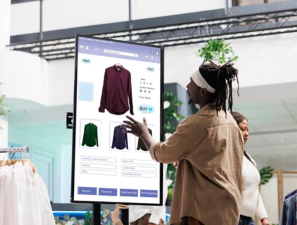
This stage is a further transformation of omni-channel retail. At this time, retail companies realize the possibility of Internet technology, especially digital technology, as an effective tool for optimizing business operations. Therefore, retail companies not only apply Internet concepts and all-round digital technologies to the front end that directly contacts consumers, but also begin to apply them to the middle and back ends of business operations and management, including optimizing business processes, integrating supply chains, digital operations and decision-making.
If we regard the development stage of retail digitalization that focuses on traffic as the 1.0 development stage, then the development stage we are experiencing now is the 2.0 development stage. In the 2.0 development stage of retail digitalization, integration and commonality will be a trend and trend. Under such a trend and trend, we will see that the industry itself will undergo more and more changes. After experiencing such a change, the industry we know may completely bid farewell to the previous state and truly enter a new development stage. In such a new stage of development, new industries will begin to emerge like mushrooms after a rain. They will assume the functions and roles of the virtual economy and the real economy in the traditional era, thus bringing our lives into a new stage of decentralized and de-platformed development.

